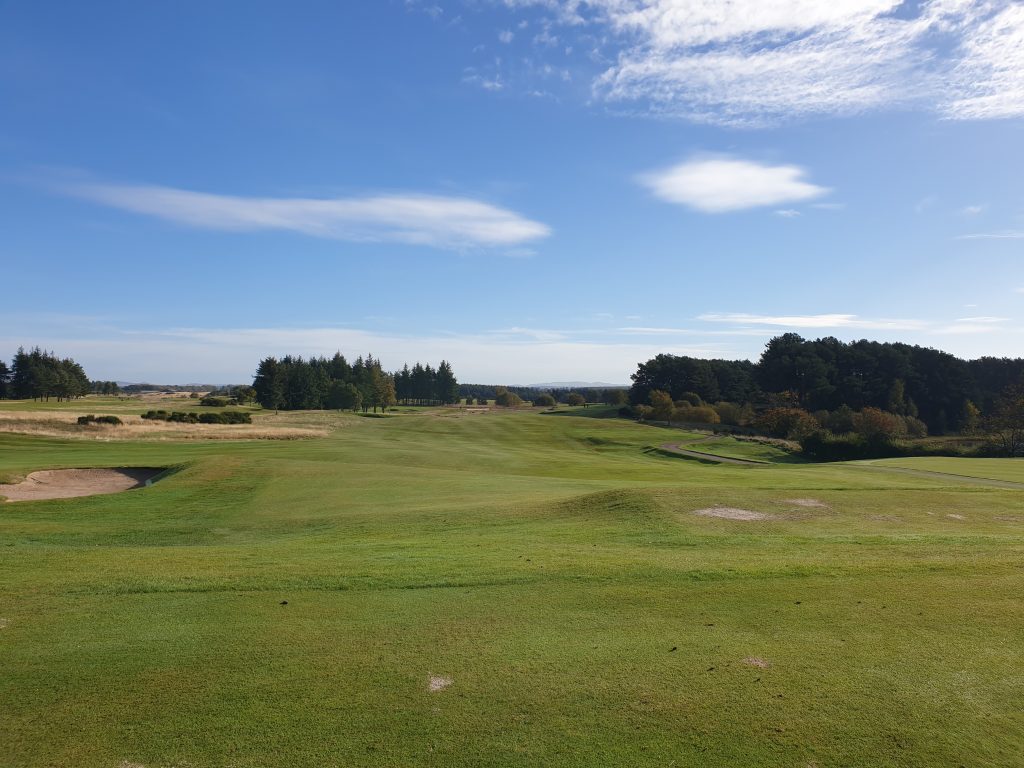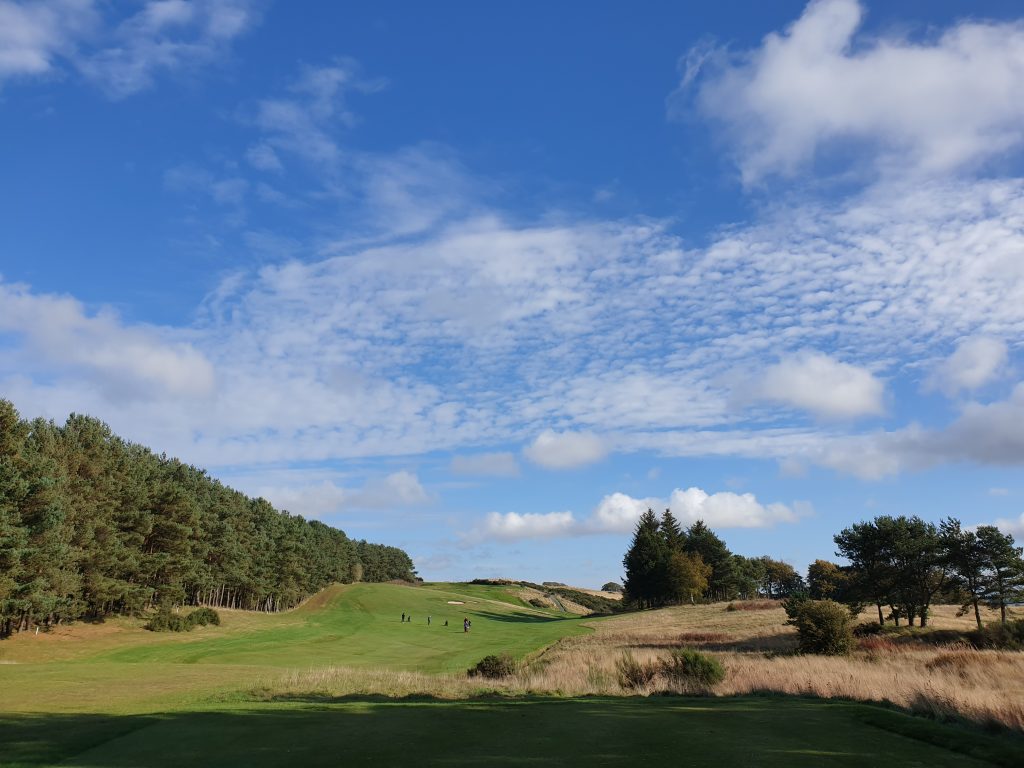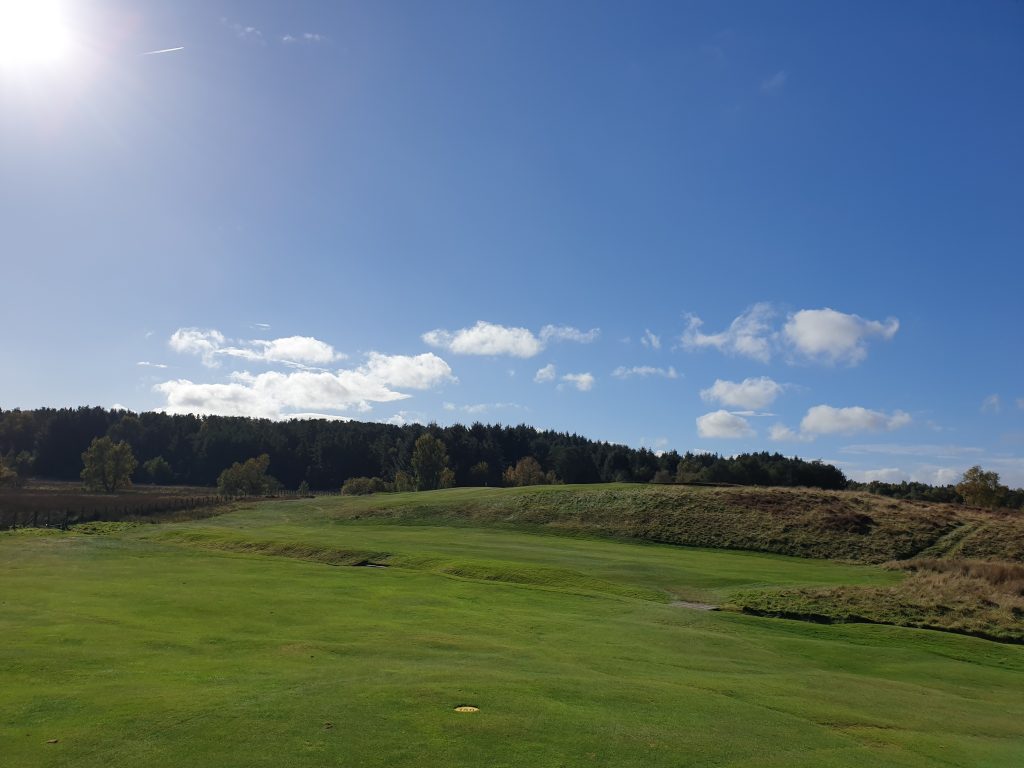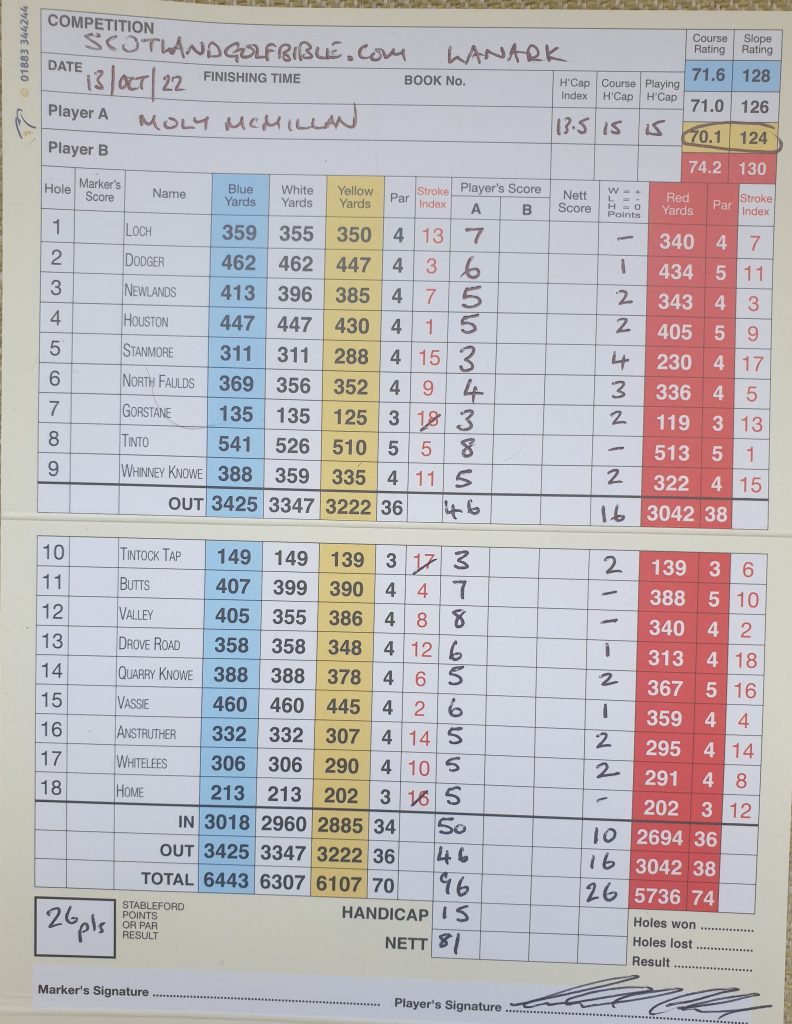Gleneagles – “The Lanark of the North”?
Round £65. Par 70. Course/Slope Rating (yellow) 70.1/124. Value (out of 5) – 5
Moly’s score – 96
In immaculate condition, I still found a rabbit hole at Lanark and one which didn’t afford a free drop. Lanark’s website claimed a brilliant story; “In 1920 the LSM Railway Company decided, only on the casting vote of its chairman, to build its hotel at Gleneagles rather than Lanark.”
Disappointingly, I couldn’t find corroboration for Lanark’s story; for example, the excellent 1951 club’s centenary history makes no mention of the ‘Gleneagles’ decision. Jamie Darling, of Lanark GC, was very helpful in my enquiries, but he too found evidence elusive.
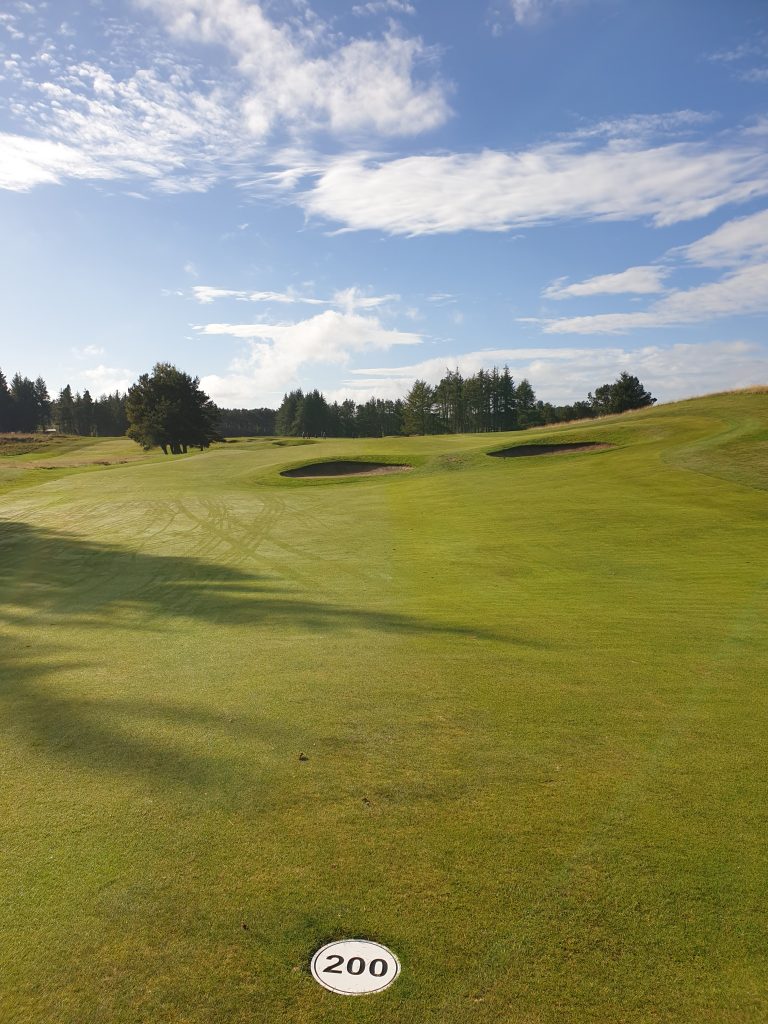
The more I researched, the more convinced I am The Gleneagles resort vision existed long before 1920; in fact as early as 1910 by Perthshire born Donald Matheson, the Chief Engineer with Caledonian Railways. The Kings course opened in 1919, with the final hotel site decided around 1920. Matheson later became the GM of Caledonian Railways, then Dep GM in Scotland for LMS, and seems likely the driving force.
Lanark, unlike Gleneagles, is one of the UK’s best kept golfing secrets – a quite beautiful moorland course, nestled 600 feet up in the Clyde Valley of South Lanarkshire, only 25 miles from Glasgow’s city centre. The town is an ancient burgh and historically important, evidenced by the golf course being one of the oldest “inland” courses in the world. A full 18 holes was designed by Old Tom Morris in 1897, although some holes are traced back to 1851.
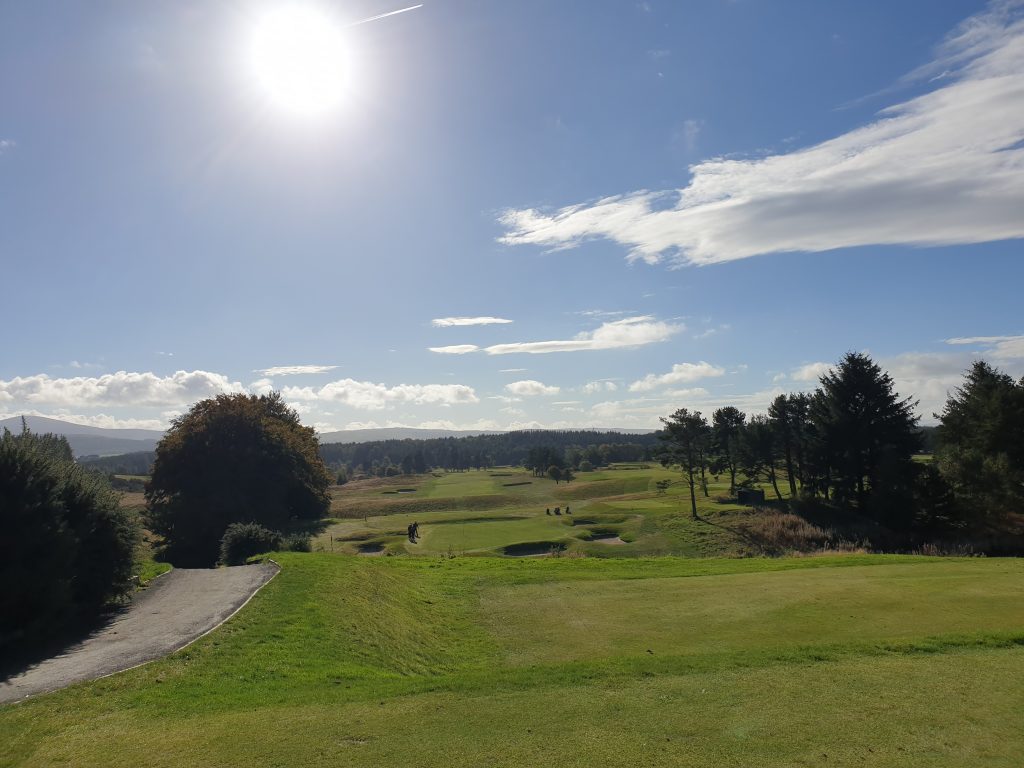
This tough course was in majestic condition when I played in good playing conditions yet still struggled to break 100 – I had one of those rounds where you play better than you score. The turf is very firm and certainly played like a links. With beautifully crafted greens and surrounds, I suspect anyone playing to handicap will have made several single putts.
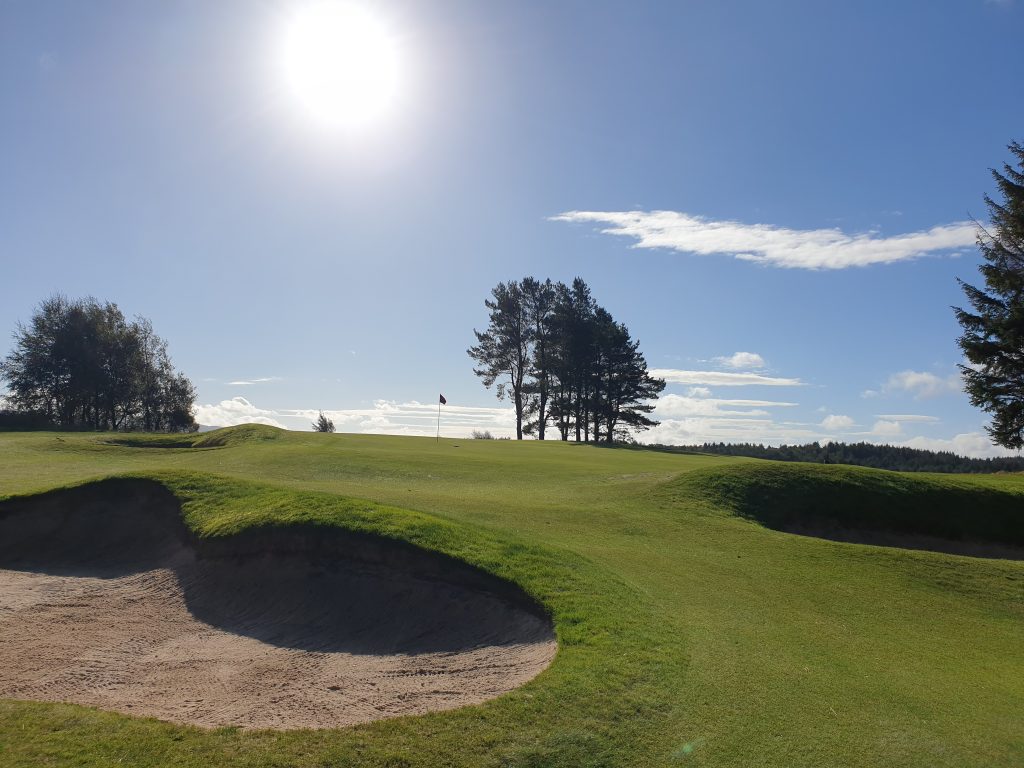
The course is well laid out with constant changes in direction (except the 7th and 8th), so wind is always a strong consideration, especially as the course sits high up in exposed countryside. My only (very slight) criticism is that the approach to the second can be confusing; I hit into the 14th green, to be met by some members telling me “loads of visitors do that!”; later in my round I was advising other visitors the same!
The fairways are pretty generous, but miss these and the rough is at times very brutal. With discounts available through golfnow.com, I paid only £32, which was outstanding value.
I would really love to be able to confirm that Gleneagles is “The Lanark of the North”. It would be nice if anyone could point me to evidence of the chairman’s decision to validate the club’s great story. For the record, Henry Allan, was Caledonian Railway chairman between 1918-23, are would be the “Chairman” in Lanark’s claim.
It’s worth going out of your way to play Lanark, a wonderful moorland course, arguably one of Scotland’s very best.
Facts:
Course Type: Heathland
Par 70 (1 par 5s, 14 par 4s, 3 par 3s)
Distance (yellow): 6107 yards
Moly’s Gross score: 96
